Home>Technology>Security & Surveillance>How A Door Lock Works
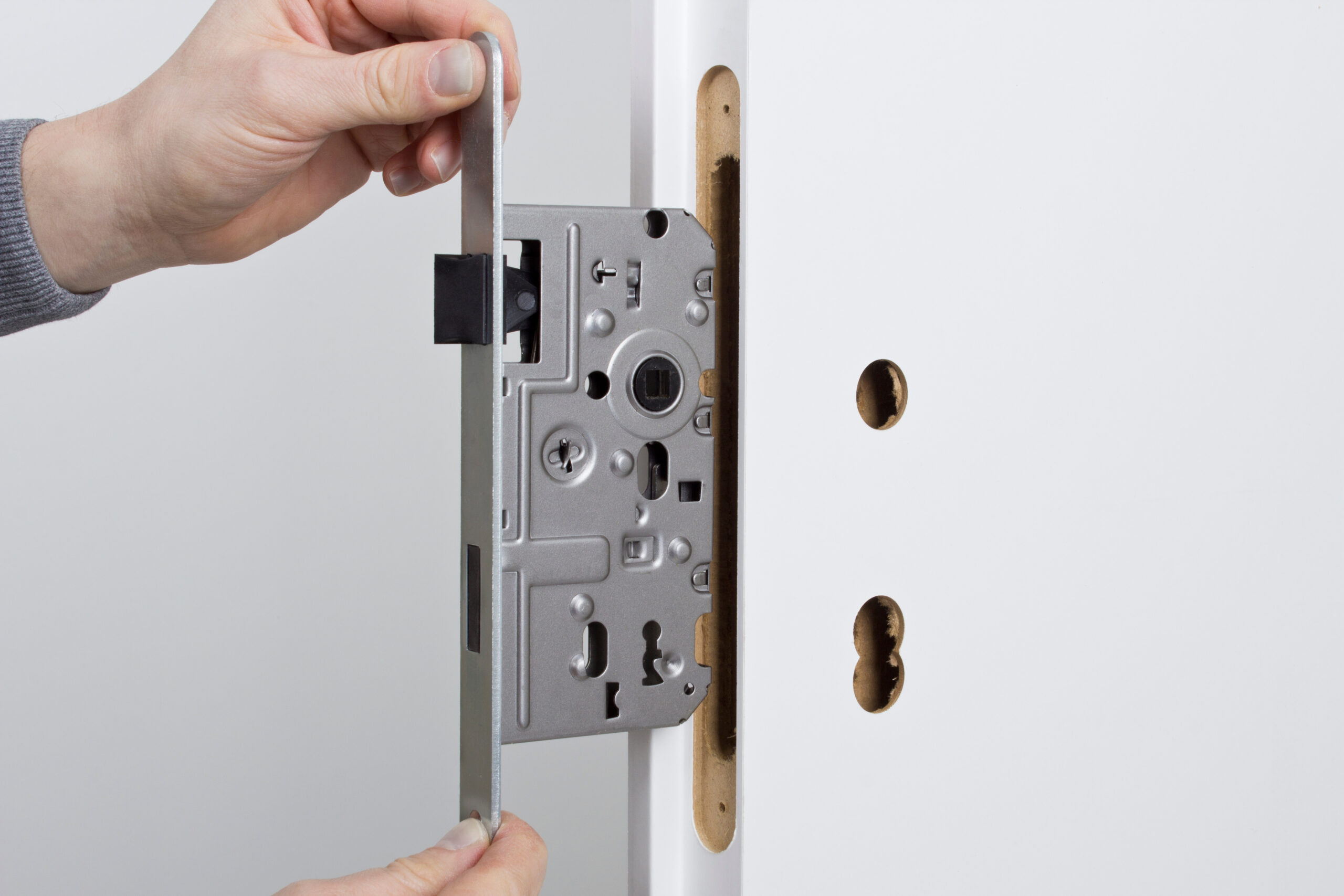

Security & Surveillance
How A Door Lock Works
Modified: August 17, 2024
Discover how a door lock works to enhance security and surveillance. Explore the mechanisms and technology behind door locks for improved safety and protection.
(Many of the links in this article redirect to a specific reviewed product. Your purchase of these products through affiliate links helps to generate commission for Storables.com, at no extra cost. Learn more)
Introduction
Door locks are essential components of our everyday lives, providing security and peace of mind. Whether it’s the lock on your front door, office, or even a padlock securing your belongings, these devices play a crucial role in safeguarding our property and loved ones. Understanding how door locks work can provide valuable insight into the mechanisms that keep us safe and secure. In this article, we will delve into the intricate world of door locks, exploring their components, types, and the fascinating technology behind their functionality. By the end, you’ll have a newfound appreciation for these seemingly simple yet incredibly sophisticated devices.
Key Takeaways:
- Door locks are like silent guardians, working together with intricate components to keep our homes and belongings safe. Understanding how they work gives us a deeper appreciation for the technology that protects us.
- From traditional keyed locks to modern smart locks, the evolution of door lock technology has transformed the way we secure our properties. Smart locks offer convenience and advanced features, redefining the future of home and business security.
Read more: How Does A Garage Door Lock Work
Components of a Door Lock
While door locks come in various shapes, sizes, and designs, they typically share common components that work together to secure an entryway. Understanding these components is fundamental to comprehending the inner workings of a door lock:
- Lock Cylinder: This is the part of the lock where the key is inserted. It contains the pins, springs, and other mechanisms that enable the lock to be opened with the correct key.
- Deadbolt: A deadbolt extends and retracts into the door frame, providing an extra layer of security compared to spring-loaded latches.
- Latch Bolt: The latch bolt is the component that extends from the lock into the door frame, keeping the door closed until it’s retracted by turning the knob or lever.
- Strike Plate: This metal plate is affixed to the door frame and provides a sturdy surface for the latch bolt or deadbolt to secure the door when closed.
- Keyhole: The keyhole allows the insertion of the key to engage with the lock mechanism, enabling the door to be opened.
- Handles or Knobs: These are the parts of the lock that are manipulated to open or close the door. They can come in various designs, including levers, knobs, and handlesets.
- Security Plate: Some locks feature a security plate that reinforces the doorjamb and helps prevent forced entry.
These components work in harmony to secure the door and prevent unauthorized access. The next section will explore the different types of door locks commonly used in residential and commercial settings.
Types of Door Locks
Door locks come in a variety of types, each offering unique features and levels of security. Understanding the different types can help individuals and businesses select the most suitable option for their specific needs. Here are some common types of door locks:
- Deadbolt Locks: These locks offer robust security and are often used as the primary locking mechanism for residential and commercial doors. Deadbolts require a key to engage and disengage the lock, providing a high level of resistance to forced entry.
- Knob Locks: Typically found on interior doors, knob locks are operated by turning a knob from the inside and using a key from the outside. While they offer basic security, they are not recommended for use as the sole locking mechanism on exterior doors due to their susceptibility to forced entry.
- Lever Handle Locks: Commonly used in commercial settings, lever handle locks are easy to operate and comply with accessibility standards. They are available in various functions, including passage, privacy, and entry/office functions.
- Keyless Entry Locks: These innovative locks eliminate the need for traditional keys, allowing users to enter a code or use a key fob or smartphone to unlock the door. Keyless entry locks offer convenience and can enhance security by eliminating the risk of lost or stolen keys.
- Padlocks: These portable locks are not permanently attached to a door or structure. They are commonly used to secure gates, storage units, lockers, and bicycles, providing flexibility and convenience.
Each type of lock serves a specific purpose and offers distinct advantages in terms of security, convenience, and functionality. The next sections will explore the inner workings of keyed, combination, and smart door locks, shedding light on the mechanisms that make them effective in securing entryways.
How a Keyed Door Lock Works
Keyed door locks are among the most widely used and familiar types of locks, offering reliable security for residential and commercial properties. Understanding the inner workings of a keyed lock provides insight into the mechanisms that safeguard our homes and businesses. Here’s a breakdown of how a keyed door lock operates:
When the key is inserted into the lock cylinder and turned, it engages a series of spring-loaded pins inside the cylinder. The unique pattern of cuts on the key corresponds to the specific positions at which the pins must align. As the key turns, it lifts the pins to the correct heights, allowing the cylinder to rotate and the lock to open.
The basic components of a keyed door lock include:
- Key: The key is designed with precise cuts that correspond to the pin heights within the lock cylinder. When inserted and turned, the key lifts the pins to the correct positions, enabling the lock to be opened.
- Lock Cylinder: This is the part of the lock where the key is inserted. It contains a series of spring-loaded pins that must align at the correct heights to allow the cylinder to rotate.
- Pins: The pins inside the lock cylinder are of varying lengths and are spring-loaded. When the correct key is inserted, the pins align at the shear line, enabling the cylinder to turn and the lock to open.
- Shear Line: This is the boundary between the plug and the outer housing of the lock cylinder. When the pins align at the shear line, the cylinder can rotate freely, allowing the lock to be opened.
Keyed door locks are available in various configurations, including single-cylinder locks, double-cylinder locks, and interconnected locks. Single-cylinder locks are operated with a key from the outside and a thumbturn from the inside, while double-cylinder locks require a key for operation from both sides. Interconnected locks feature a deadbolt and a knob or lever that are interconnected, allowing the deadbolt to be retracted when the interior knob or lever is turned.
Understanding the intricate interplay of components within a keyed door lock underscores the importance of using high-quality, precision-engineered locks to ensure reliable security. The next sections will explore the mechanisms of combination and smart door locks, showcasing the evolution of door lock technology.
When installing a door lock, make sure the latch and strike plate are properly aligned to ensure smooth operation and maximum security.
How a Combination Door Lock Works
Combination door locks, also known as mechanical or digital keypad locks, offer a convenient and keyless method of securing entryways. These locks eliminate the need for traditional keys, providing users with the flexibility to enter a predetermined code to unlock the door. Here’s a detailed look at how a combination door lock functions:
Combination locks feature a keypad with numbered buttons, allowing users to input a unique code to gain access. When the correct code is entered, it triggers the internal mechanism of the lock, enabling the door to be opened. The fundamental components and operation of a combination door lock include:
- Keypad: The keypad is equipped with numbered buttons, typically ranging from 0 to 9. Users input their predetermined code using these buttons to activate the lock.
- Code Input: When the user enters the correct code, it triggers the internal mechanism of the lock, allowing the latch or deadbolt to retract and the door to be opened.
- Internal Mechanism: Behind the keypad, the lock’s internal mechanism processes the entered code and verifies its accuracy. Upon successful verification, the mechanism releases the lock, granting access to the entryway.
- Override Key: Many combination locks are equipped with an override key, providing a backup method of entry in case the code is forgotten or the keypad malfunctions.
Combination door locks offer several advantages, including the elimination of key-related concerns such as loss, theft, or duplication. They also provide flexibility in granting temporary access codes to visitors, service providers, or employees, enhancing security and convenience.
Modern combination locks may also feature advanced capabilities such as remote code management, audit trails, and integration with smart home systems. These features elevate the functionality and security of combination door locks, making them a popular choice for residential and commercial applications.
Understanding the seamless integration of user input, internal processing, and mechanical action within a combination door lock highlights the innovative nature of this keyless security solution. The next section will explore the sophisticated technology behind smart door locks, offering a glimpse into the future of home and business security.
Read more: How Does An Electronic Door Lock Work
How a Smart Door Lock Works
Smart door locks represent the cutting edge of home and business security, integrating advanced technology to offer unparalleled convenience, control, and monitoring capabilities. These innovative locks are designed to provide keyless entry, remote access management, and seamless integration with smart home systems. Here’s an in-depth look at the functionality of a smart door lock:
Smart locks utilize a combination of wireless communication, encryption, and authentication protocols to enable secure and convenient access to entryways. They are often equipped with features such as remote locking and unlocking, activity logs, and integration with voice assistants and mobile applications. The key components and operation of a smart door lock include:
- Wireless Connectivity: Smart locks are equipped with wireless communication capabilities, such as Bluetooth, Wi-Fi, or Z-Wave, allowing them to connect to a network and interface with other devices and applications.
- Mobile App Integration: Users can control and monitor smart locks remotely via a dedicated mobile app, enabling functions such as locking and unlocking the door, creating temporary access codes, and receiving activity notifications.
- Keyless Entry: Smart locks offer keyless entry options, including numeric codes, proximity sensors, and biometric authentication such as fingerprint scanning or facial recognition.
- Remote Access Management: Authorized users can grant temporary access to visitors, service providers, or guests by generating unique codes or remotely unlocking the door via the mobile app.
- Security Features: Smart locks employ encryption and authentication measures to ensure data security and protection against unauthorized access or tampering.
- Voice Control Integration: Many smart locks are compatible with voice assistants such as Amazon Alexa, Google Assistant, or Apple HomeKit, allowing users to control the lock using voice commands.
Smart door locks offer a seamless blend of security, convenience, and connectivity, empowering users to manage access to their properties with unprecedented flexibility and insight. Whether it’s monitoring entry and exit activity, granting temporary access to guests, or integrating with a broader smart home ecosystem, these locks redefine the modern approach to door security.
The evolution of smart door locks continues to introduce new features and capabilities, further enhancing the ways in which individuals and businesses safeguard their premises. The insights gained from understanding the inner workings of smart locks shed light on the future of home and business security.
Conclusion
Door locks are more than just mechanical devices; they are the guardians of our homes, businesses, and personal belongings. Understanding the intricacies of how different types of door locks work provides a deeper appreciation for the technologies that keep us safe and secure.
From the traditional reliability of keyed locks to the convenience of combination locks and the advanced features of smart locks, the evolution of door lock technology has transformed the way we protect our properties. Each type of lock offers unique benefits and functionalities, catering to diverse security needs and preferences.
As technology continues to advance, smart door locks have emerged as a beacon of innovation, offering seamless integration with smart home ecosystems, remote access management, and keyless entry options. These locks not only enhance security but also provide unparalleled convenience and control, empowering users to manage access to their properties with precision and insight.
Whether it’s the precision engineering of a keyed lock, the user-friendly interface of a combination lock, or the cutting-edge connectivity of a smart lock, the fundamental purpose remains the same: to provide peace of mind and protection. As we embrace the future of security and surveillance, the evolution of door locks stands as a testament to the ingenuity and commitment to safety that defines our modern world.
So, the next time you turn the key, input a code, or unlock your door with a tap on your smartphone, take a moment to appreciate the remarkable technology and craftsmanship that goes into keeping you and your loved ones safe.
Ultimately, door locks are not just mechanisms; they are the silent sentinels that stand guard, allowing us to rest easy knowing that our homes and businesses are protected.
Frequently Asked Questions about How A Door Lock Works
Was this page helpful?
At Storables.com, we guarantee accurate and reliable information. Our content, validated by Expert Board Contributors, is crafted following stringent Editorial Policies. We're committed to providing you with well-researched, expert-backed insights for all your informational needs.
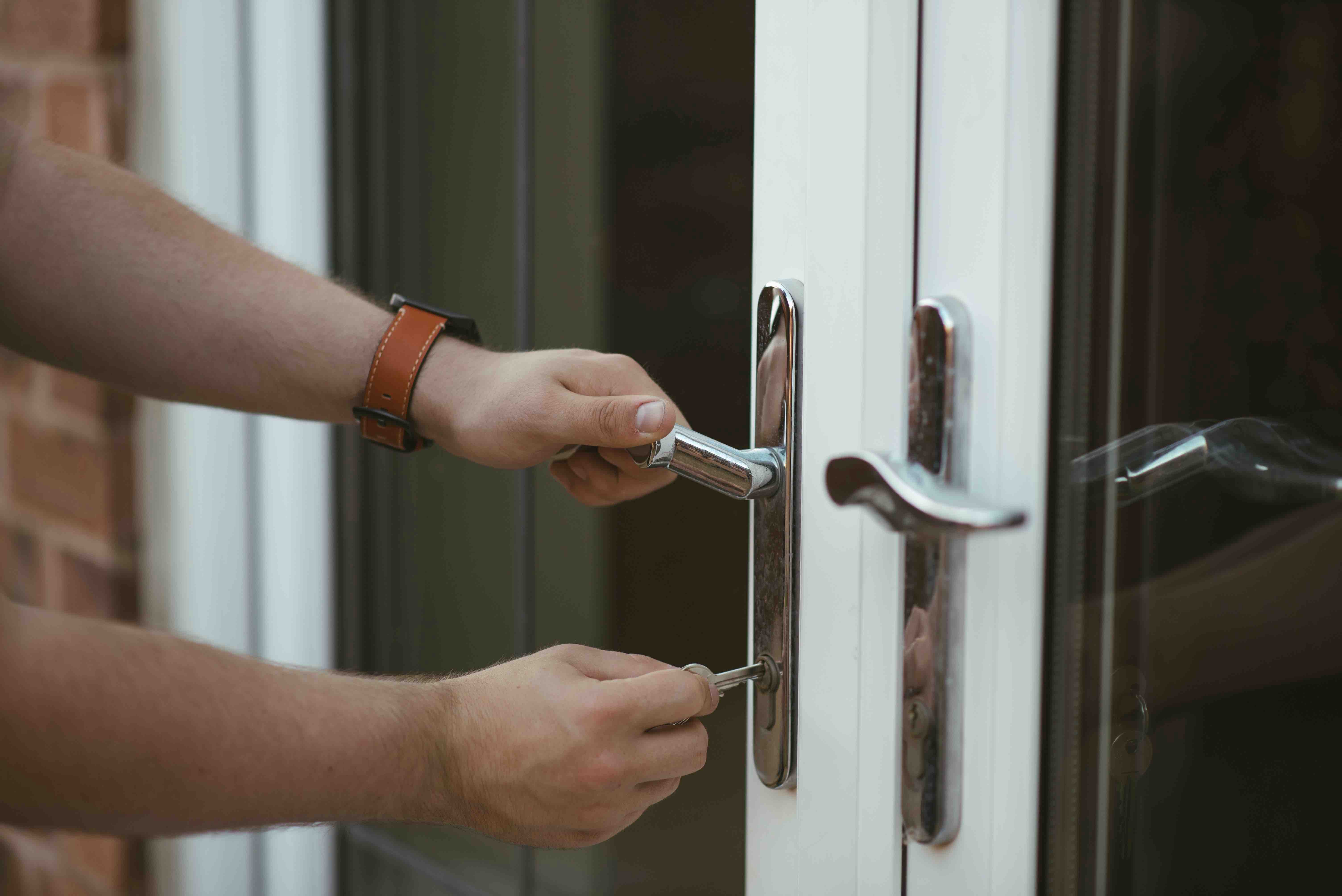
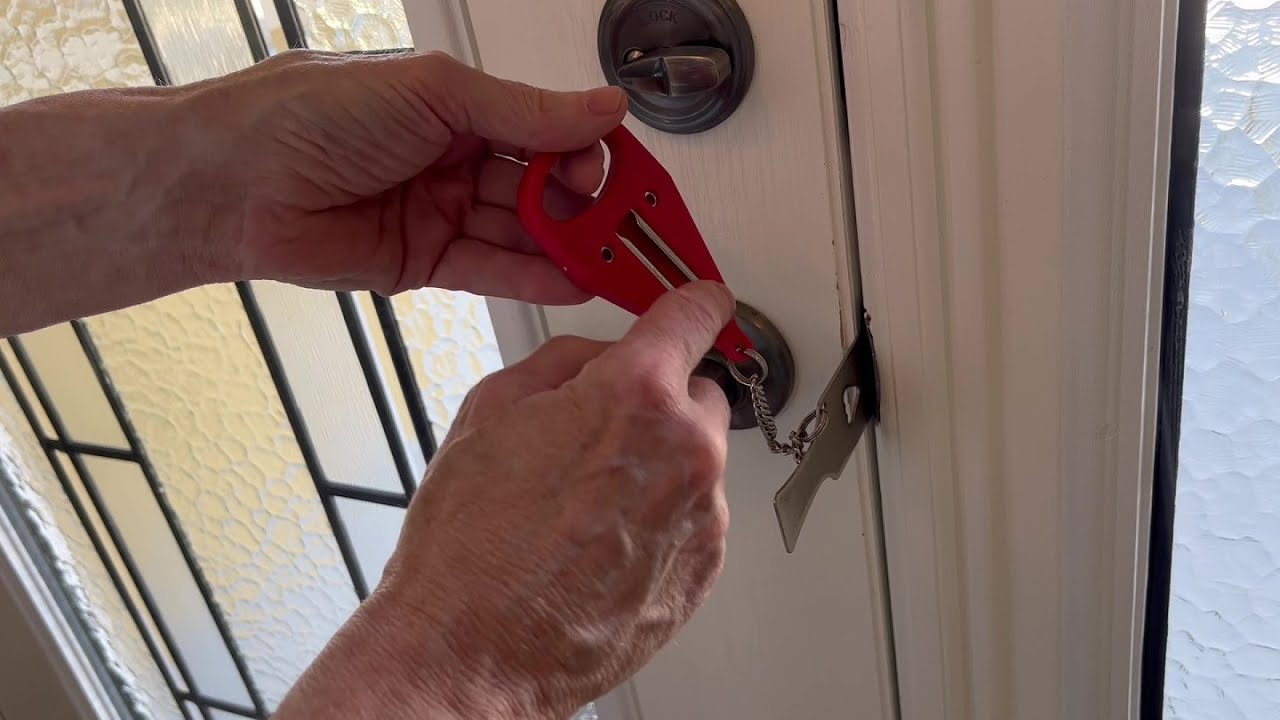
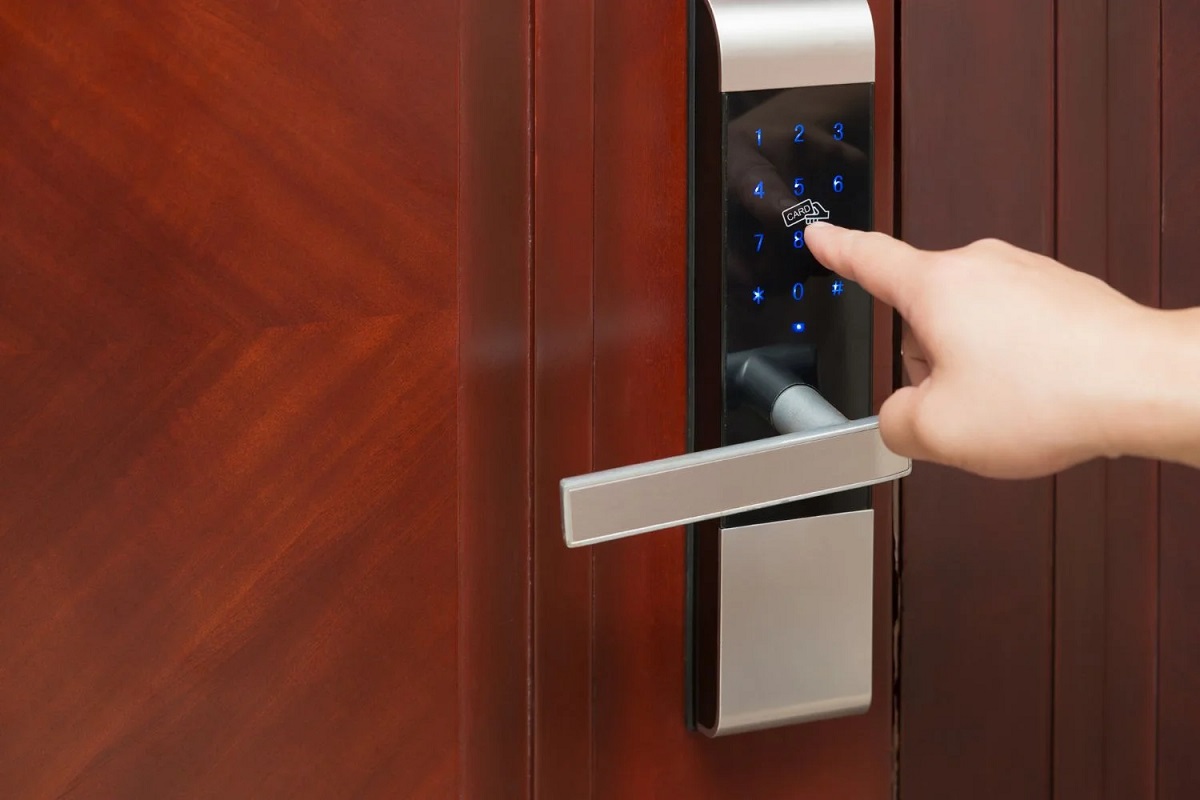
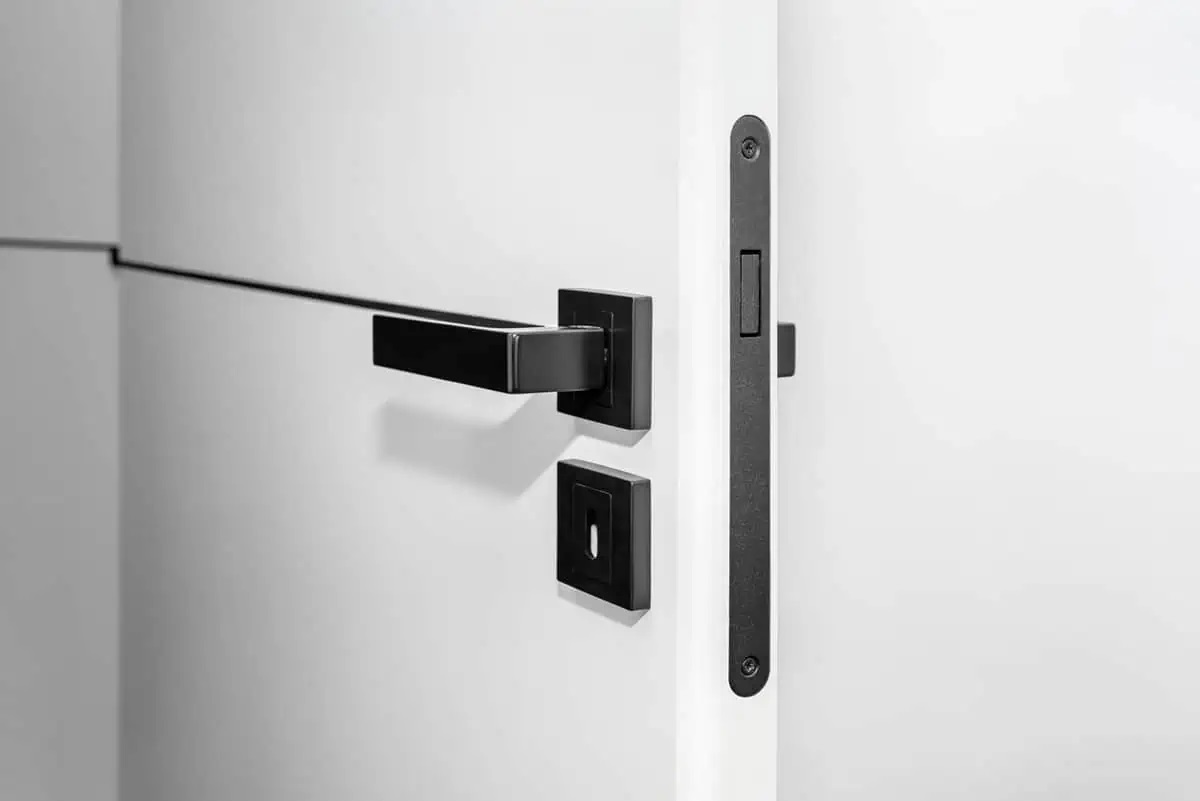
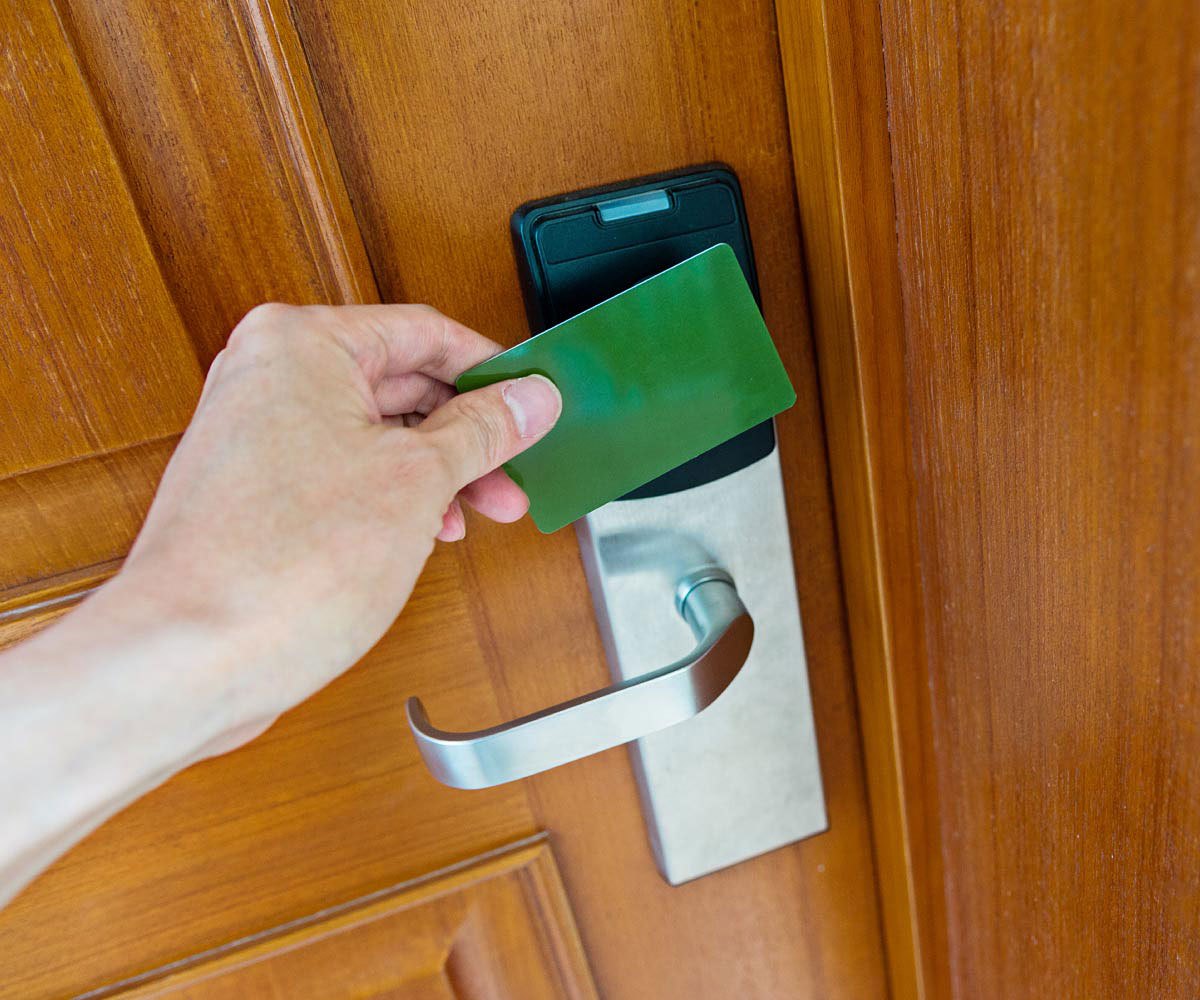
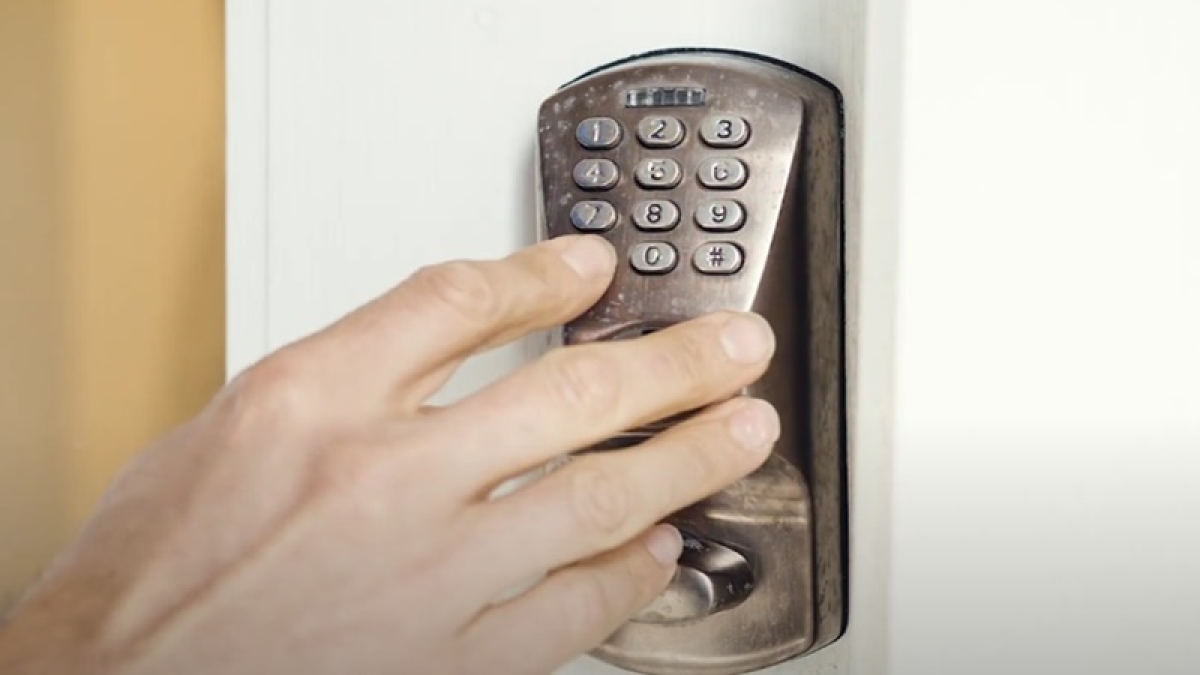
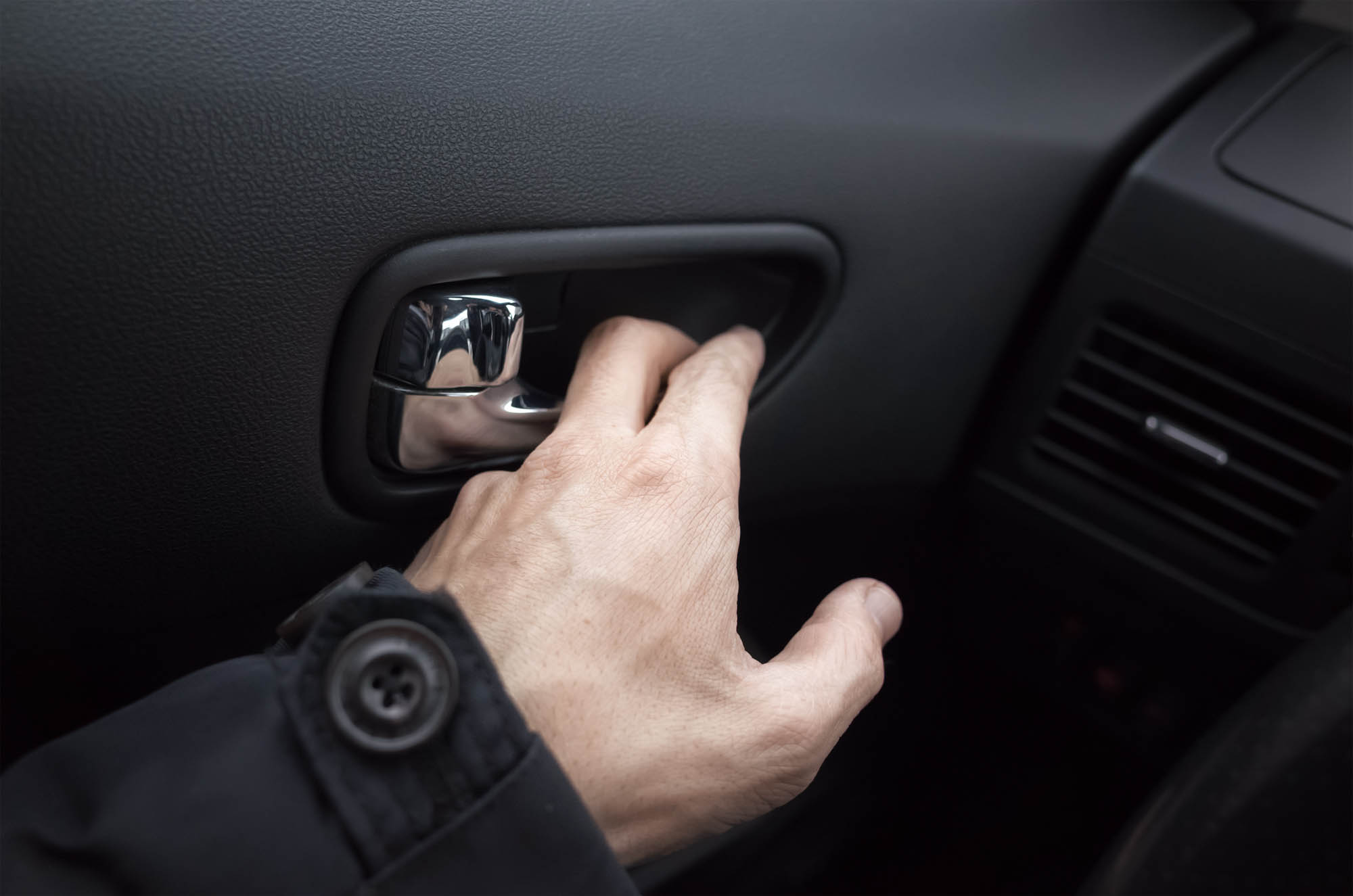
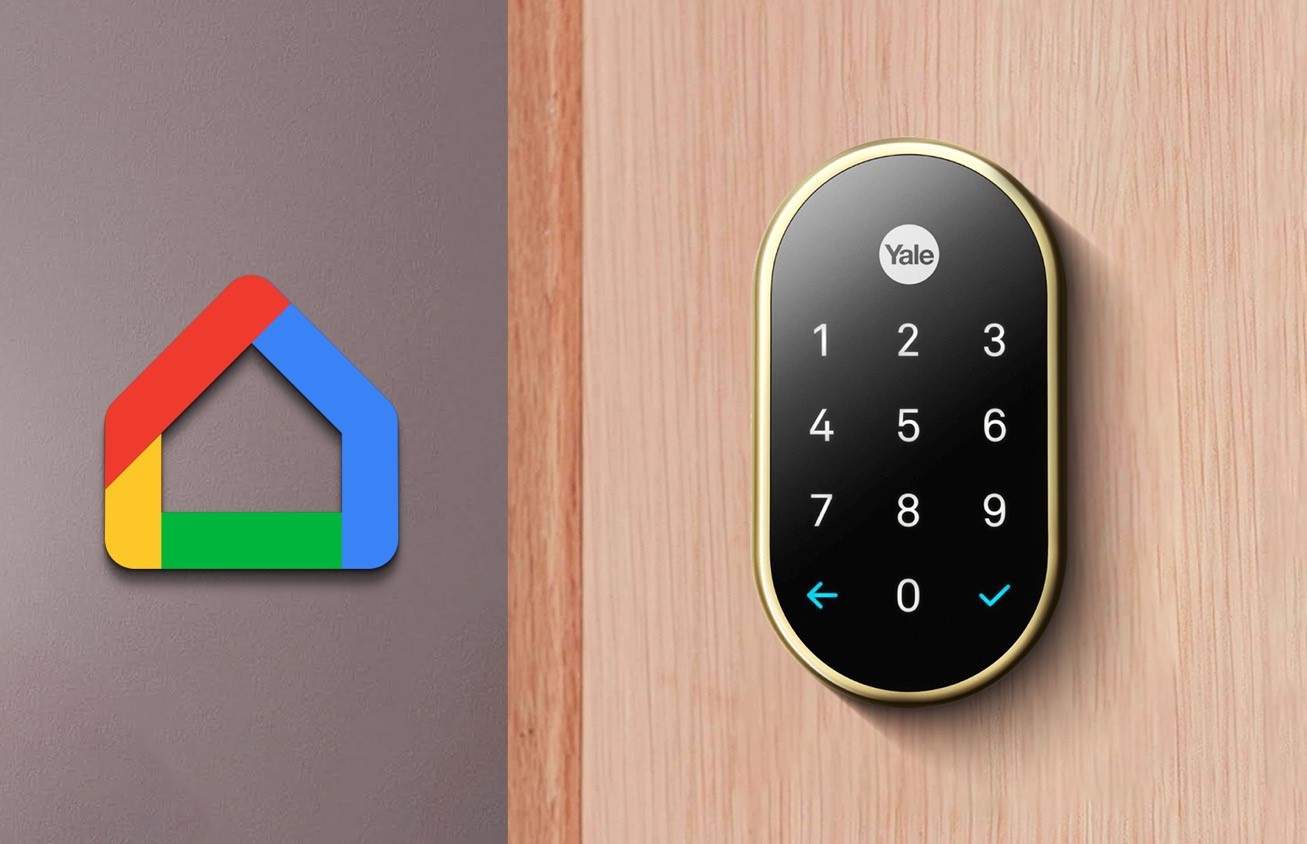
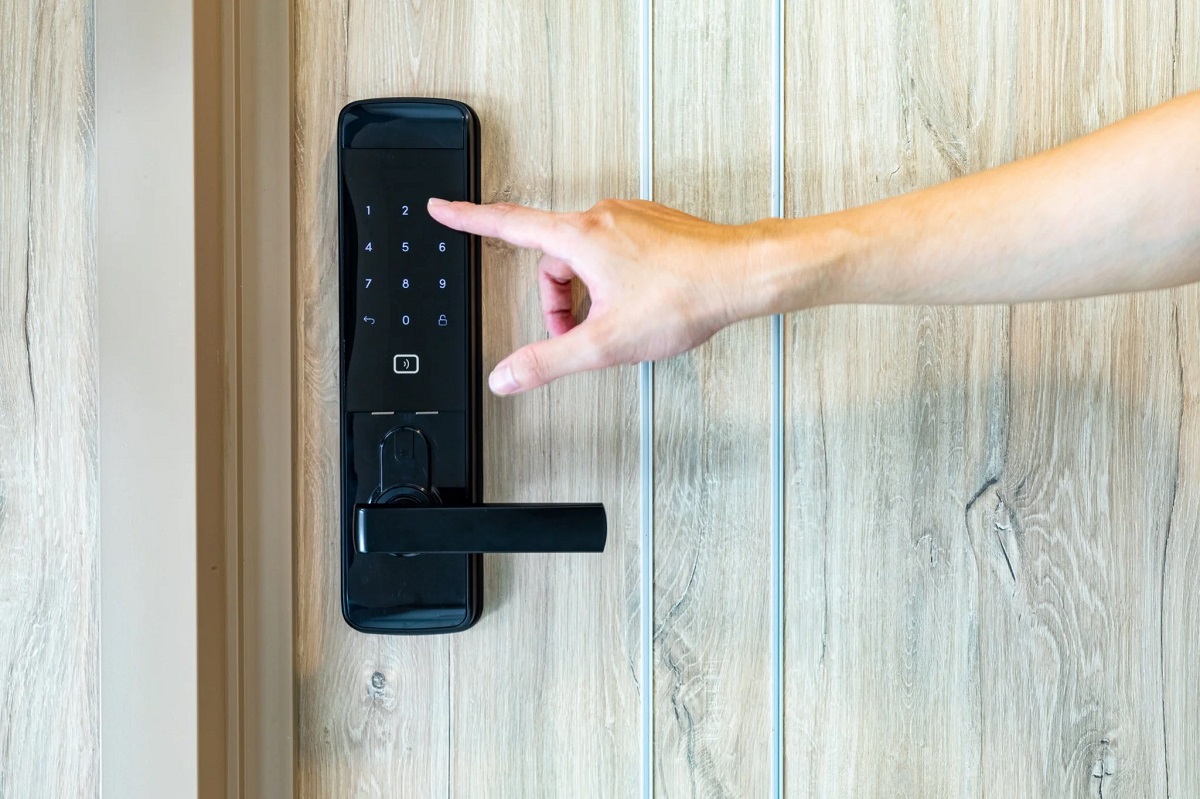

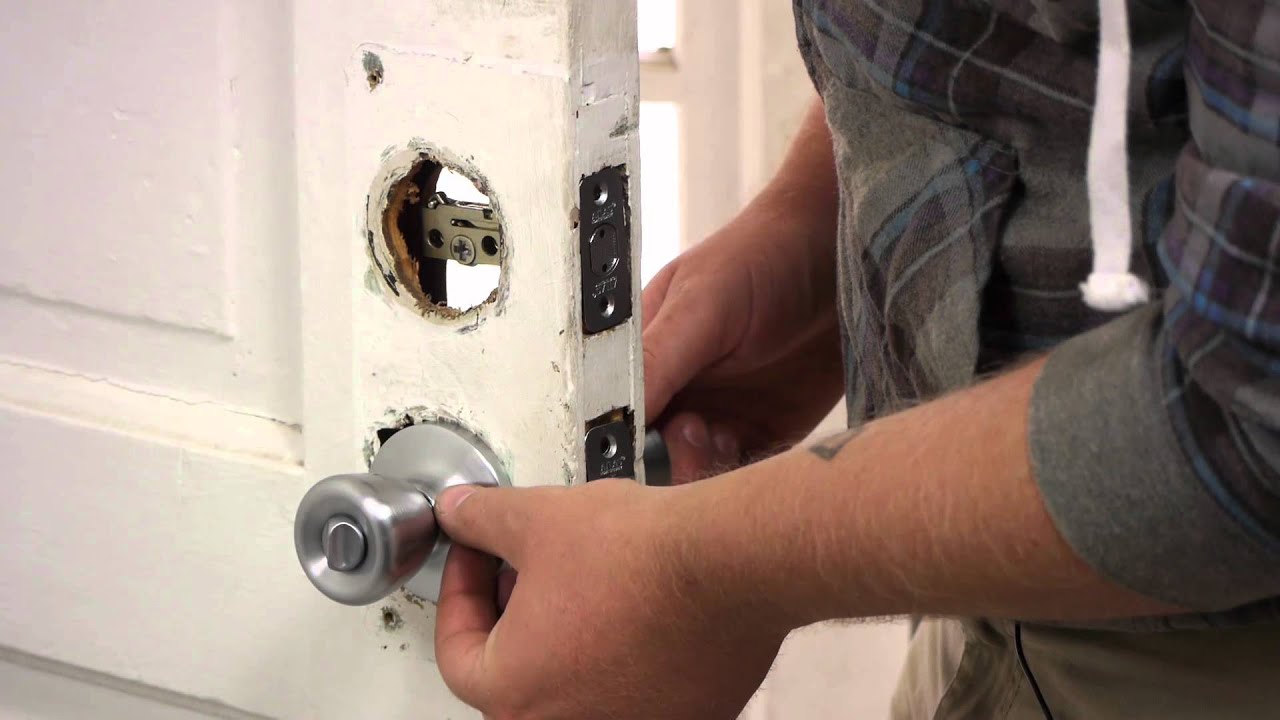
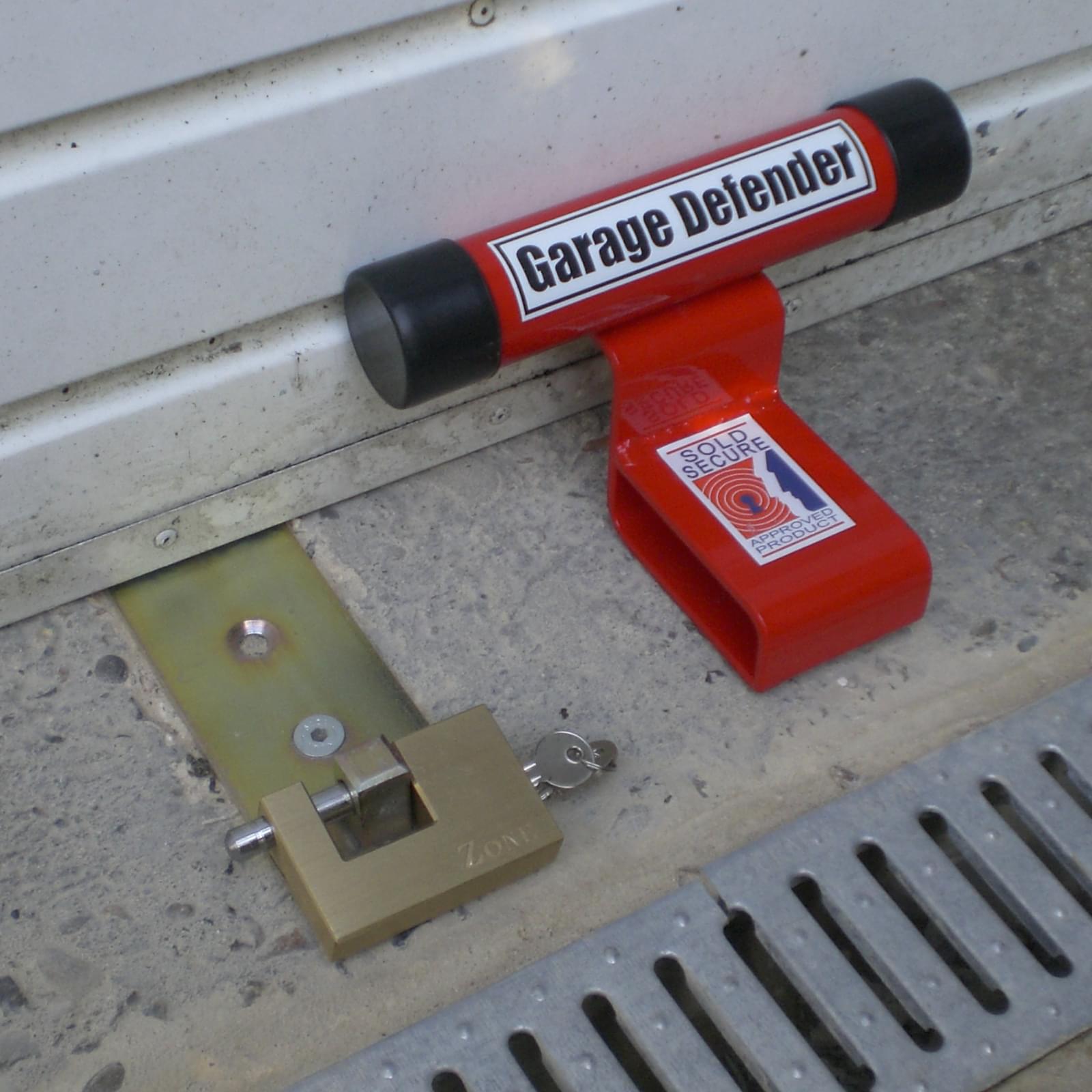
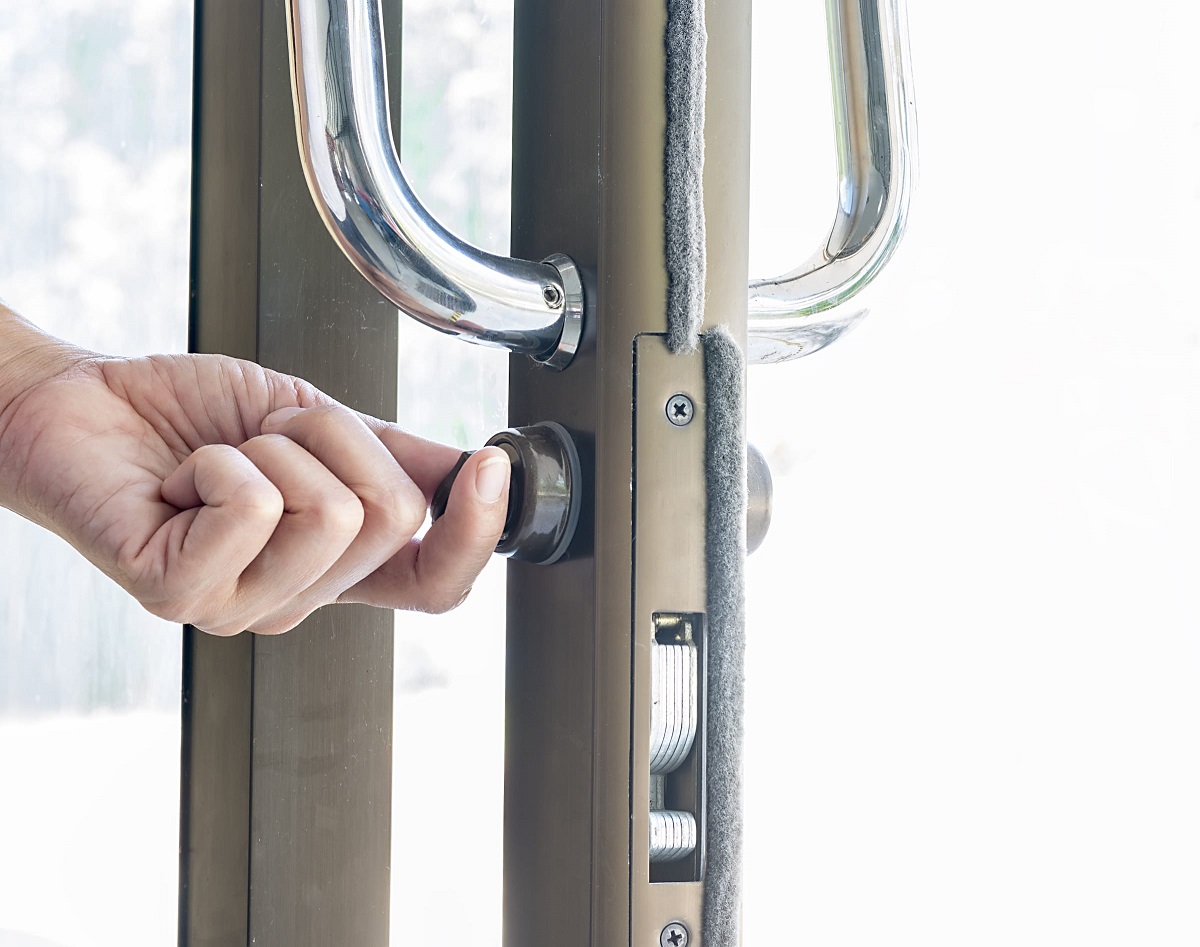
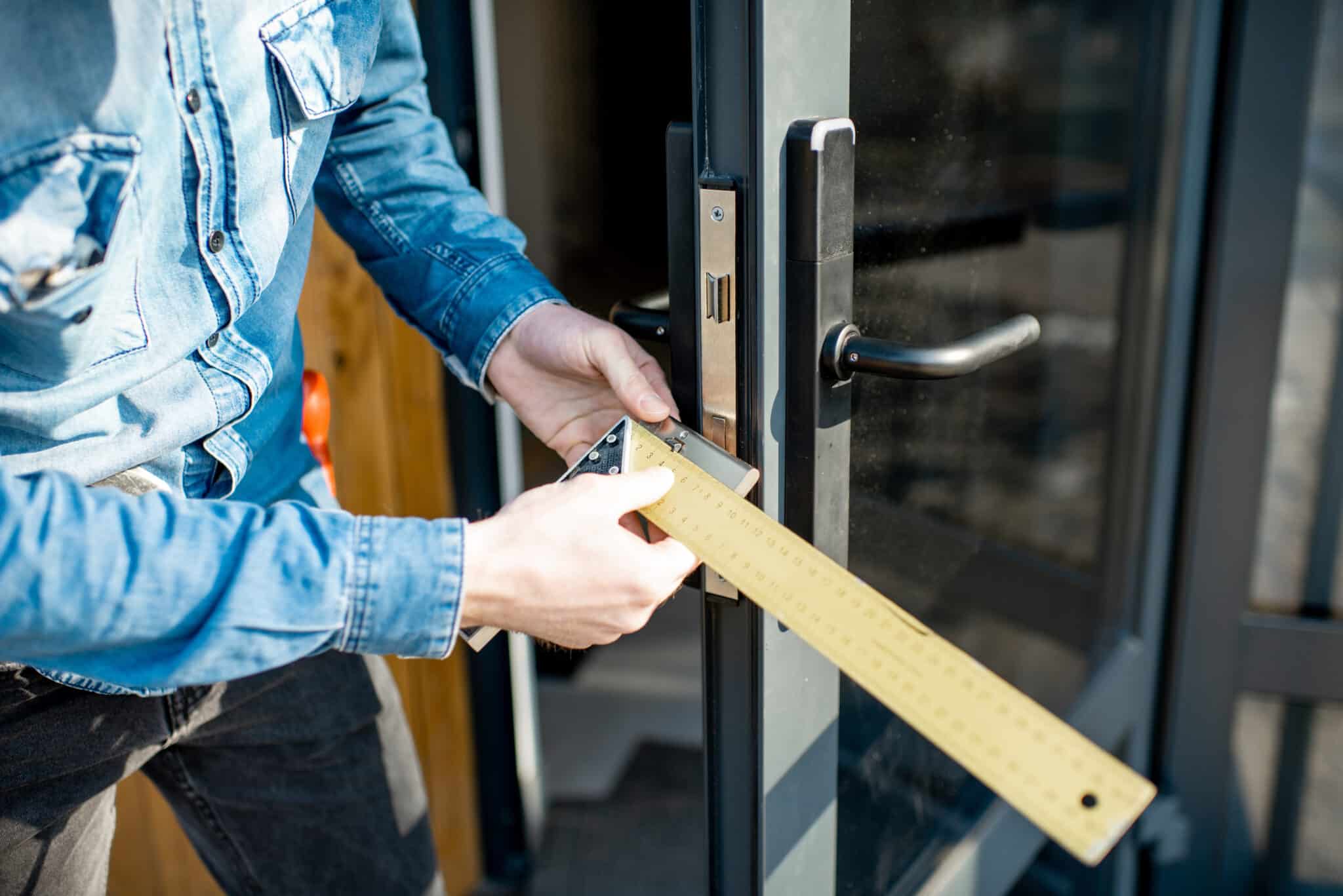

0 thoughts on “How A Door Lock Works”